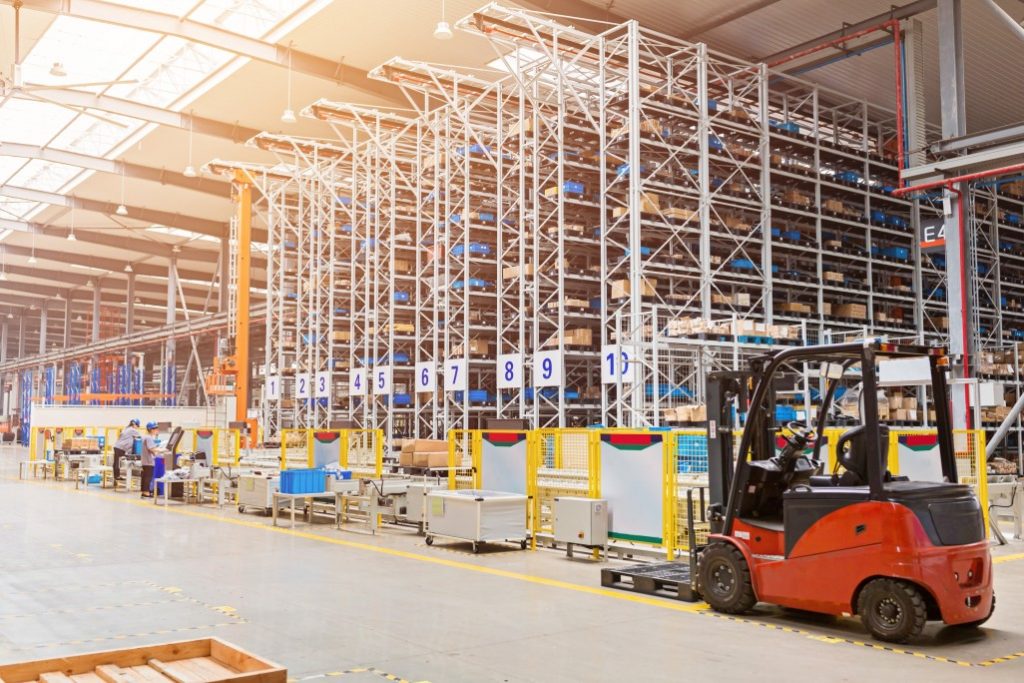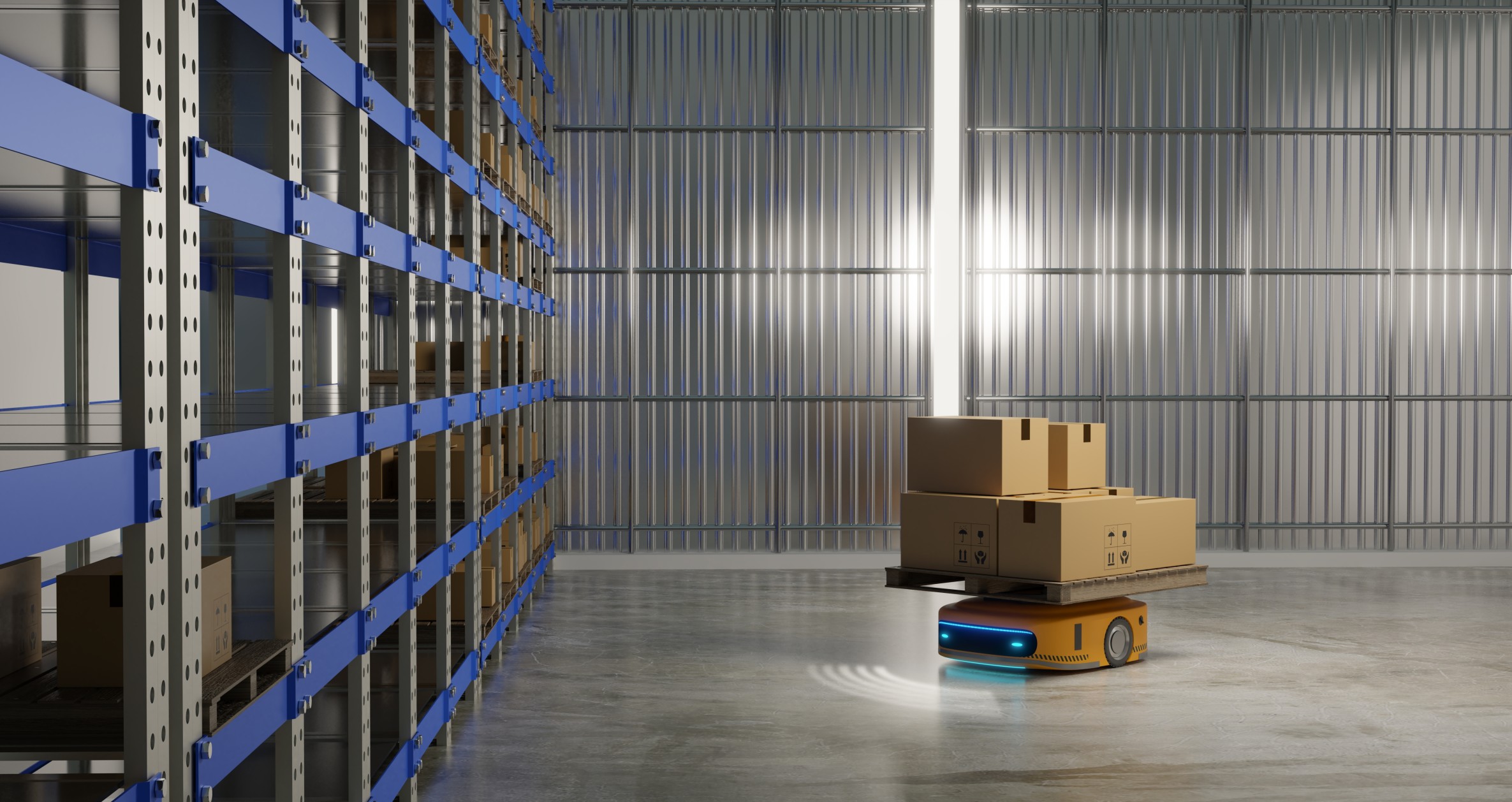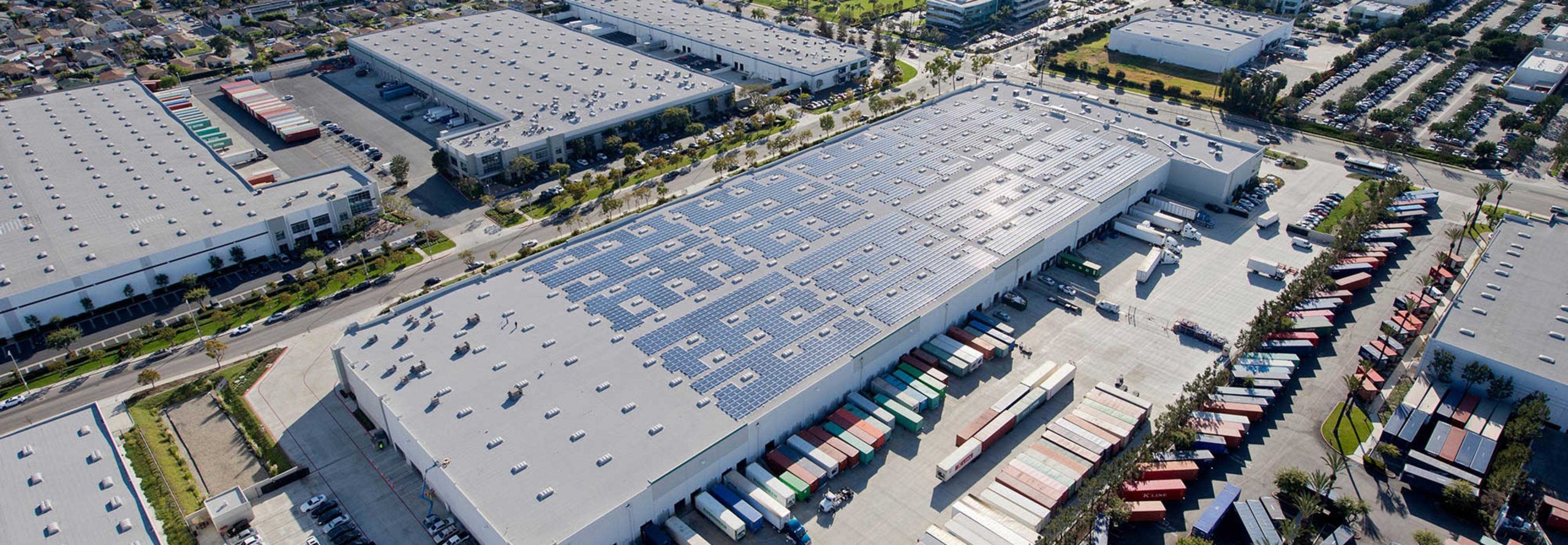As extreme weather events and pandemics make supply chains less predictable, companies are partnering with external organizations to manage these challenges efficiently and cost-effectively. New partners add complexity to an already elaborate supply chain, requiring flawless communication among its many moving parts. But most businesses still rely on manual processes and legacy technologies, making real-time collaboration nearly impossible. The advent of business networks on cloud platforms enables real-time visibility into supply chain conditions, allowing organizations to respond nimbly and add millions to their top and bottom lines. Following are four reasons to make the switch to the cloud:
- Supply chains are becoming more complex.

The COVID-19 pandemic has exposed the many weaknesses and vulnerabilities in today’s supply chains. But even before the virus appeared, businesses had to contend with a variety of supply chain uncertainties, including unpredictable trade policies, complex consumer preferences and shorter product life cycles. To compete in this challenging environment, business leaders sought ways to make their supply chains more adaptable. Many chose to bring in contract manufacturers, key suppliers and logistics providers in an effort to achieve operational and balance-sheet improvements, top-line benefits and faster speed to market. A recent survey conducted by SAP and Oxford Economics found that over 50% of organizations outsource at least a quarter of their manufacturing, and often much more than that. They also typically outsource much of their packaging, inventory management and inbound logistics management.
To accommodate these changes, companies have had to morph their business models and reconfigure their supply chains. Contract manufacturers are now providing logistics and maintenance services, and logistics companies are doing assembling, kitting, quality control and compliance management. Original equipment manufacturers (OEMs) are offloading production to concentrate on design, engineering and marketing and often empower their suppliers to source materials based on contracts negotiated by the OEMs. The so-called Amazon effect has also contributed to supply chain complexity by creating an increased demand for quick fulfilment and deliveries, which requires real-time information on capacity and inventories. The demand for next- and same-day delivery has prompted companies to invest in smaller fulfilment centres nearer to the end-consumer. The increased complexity of today’s supply chains calls for real-time collaboration among stakeholders to mitigate risk, avoid potential loss and advance business goals.

2. Outdated technology is no longer sustainable
The enterprise technologies of the 1990s did wonder to promote business efficiencies within the four walls of the enterprise. But now that competitiveness is increasingly dependent on supply chain performance, the processes and technologies of an earlier time are today insufficient. The SAP/Oxford Economics survey showed that 32% of organizations still use manual processes such as telephones, e-mails and spreadsheets as their primary means of collaborating with external partners on key supply chain processes.
Another 48% use legacy technologies such as on-premises Four Reasons to Embrace Cloud Technology for Real-Time Supply Chain Collaboration Sponsored by SAP As extreme weather events and pandemics make supply chains less predictable; companies are partnering with external organizations to manage these challenges efficiently and cost-effectively. New partners add complexity to an already elaborate supply chain, requiring flawless communication among its many moving parts. But most businesses still rely on manual processes and legacy technologies, making real-time collaboration nearly impossible. The advent of business networks on cloud platforms enables real-time visibility into supply chain conditions, allowing organizations to respond nimbly and add millions to their top and bottom lines. Following are four reasons to make the switch to the cloud: Outdated technology is no longer sustainable. Supply chains are becoming more complex. supplier portals and electronic data interchange (EDI). It’s also still common for companies, even large ones, to use postal mail and fax machines to communicate with their key supply chain partners. Spreadsheets and EDI played an important role in earlier periods of business development to reduce business information latency. But synching up data between manufacturers and suppliers can still take days or weeks with this technology. That won’t do for supply chains that need to react to real-world conditions on a dime. Legacy processes and technologies may provide suppliers with visibility into OEM demand forecasts four or five months out. But these days, suppliers need to integrate real-time OEM data into their own planning processes to remain competitive and to achieve the increased sales and reduced costs that they strive for. Moreover, this real-time data needs to be demand-driven, responding too quickly to changing trends. Without a finger on the pulse of their customers, companies are destined for failure in today’s environment. Cloud computing enables real-time network connectivity among supply chain participants. With real-time information coming across on business networks and cloud platforms, supply chain stakeholders have instant access to data on changing business conditions and can react accordingly
3. Old processes fail to remediate shortages and overages
Only 26% of company executives rate their organization’s collaboration with top suppliers as highly effective in mitigating the potential for inventory shortages and overages, according to the SAP/Oxford Economics survey. It’s not hard to understand why. In today’s supply chains, where unpredictable demand is exacerbated by logistics snafus, timing is everything. Supply chain managers need to maintain high levels of speed, accuracy, and cost-efficiency for their products. That’s impossible when supply chain participants must wait days or weeks to analyse data conveyed in emails, spreadsheets, faxes, snail mail or by phone. In an environment without access to real-time information, companies are required to carry excess stock and make additional investments in warehousing space — preventing them from optimizing inventories and costs. Traditional processes and legacy technologies take a linear look at supply chains, creating information silos and gaps where supply chain managers lose sight of their partners, as well as the goods and materials they’re responsible for. Digitalized cloud-based systems view the supply chain as a connected network, allowing teams to work together collaboratively and to innovate processes across every link in the chain — from planning and sourcing to manufacturing, distribution and logistics. Businesses can then minimize risks the moment they arise.
4. Visibility is critical for business success.
Without access to real-time supply chain data, the resulting lack of visibility and control leads to uncertainty around the supply of critical materials, volatility in demand for goods and services and constrained capacity in manufacturing and logistics. Without the ability to accurately forecast demand, companies risk carrying wasteful and costly surplus stock, while also losing potential business opportunities because they’ve failed to anticipate customer needs, preferences and purchasing intent. The additional costs that companies incur as a result of these inefficiencies often mean that they have inadequate resources on hand to invest in improving plants, acquiring new equipment and designing product innovations. The cash-to-cash cycle is extended, eroding profit margins and competitiveness levels. With centralized, cross-business and real-time visibility into orders and customer requirements, on the other hand, organizations can respond to the conditions of the moment.





